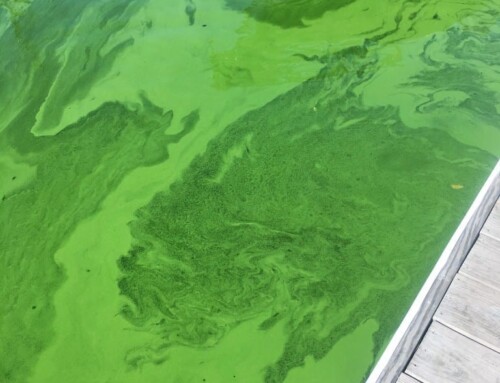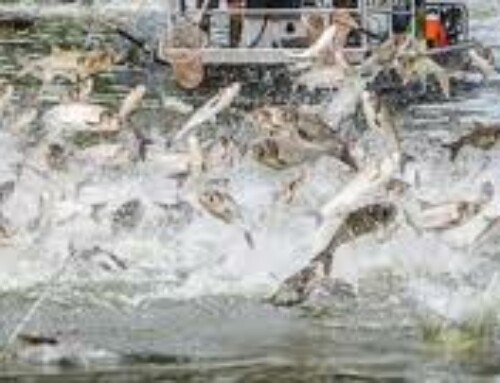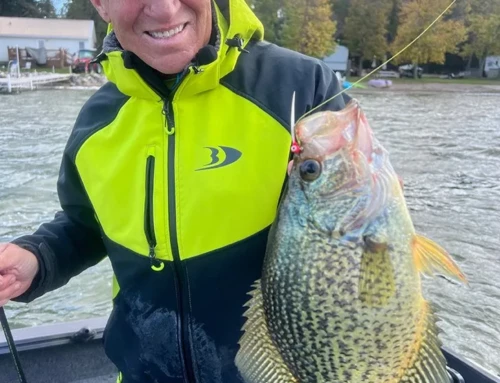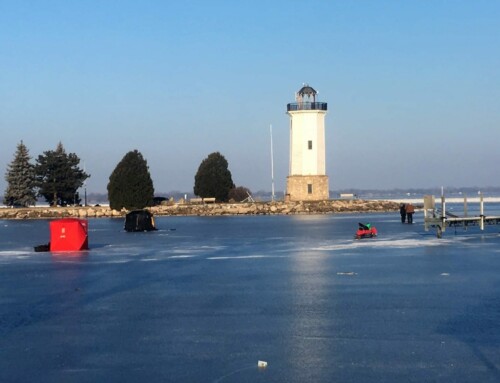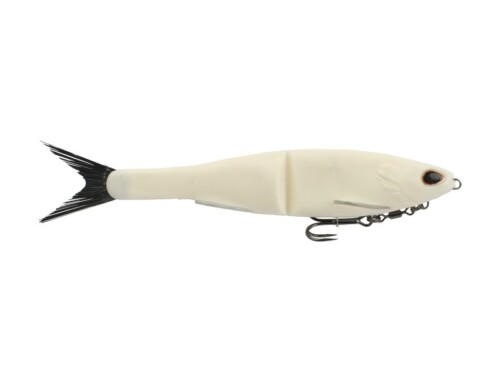Mark Schram @ Myfishingpartner.com
Walleye fishing jigs are a popular and effective way to catch walleye, a freshwater game fish known for its delicious taste and elusive nature. Jigs are versatile lures that can be used in a variety of fishing environments, from shallow streams to deep lakes.
There are several different shapes of jig heads that are commonly used for walleye fishing. Each shape has its own unique benefits and is best suited for different types of fishing.
Round jig heads are the most traditional and versatile type of jig head. They are ideal for fishing in rocky or weedy areas, as they can easily bounce off rocks and snag-free. Round jig heads also work well in calm waters, as they can be easily manipulated to create a subtle, natural-looking bait presentation.
Flat head jig heads are similar to round jig heads but are more suitable for fishing in areas with less current or still waters. They are good for jigging on the bottom, creating a natural looking bait presentation that can be easily spotted by walleye.
Bullet jig heads are best suited for fishing in deeper waters or in areas with strong currents. The streamlined shape of bullet jigs allows them to cut through the water and maintain a consistent depth, even in fast-moving water. They are ideal for vertical jigging. Additionally, River jigs are some of my favorite choices when the river current is strong.
Swimming jigs are designed to imitate the movement of live bait, such as minnows or leeches. They are typically used for fishing in shallow waters, and work best when combined with a plastic tail or skirt to create a more realistic bait presentation.
When selecting a jig head, it’s important to consider the length of the shank. Short shank jig heads are best suited for fishing in shallow waters or areas with lots of cover, as they are less likely to get snagged. Long shank jig heads are better for fishing in deeper waters, as they provide more room for the hook and can better accommodate larger baits.
In addition to the shape and length of the shank, it’s also important to consider the weight of the jig head. Heavier jig heads are better suited for deeper waters or areas with strong currents, while lighter jig heads are better suited for shallower waters or areas with less current.
When it comes to choosing the right jig head for your bait, there are different options to consider. For those using live bait such as minnows or leeches, round or flat head jig heads are the best option as they will allow the bait to move around naturally. On the other hand, for those using soft plastics, long shank jig heads are the best option as they can easily pierce through the bait and remain in place. The long shank places the hook farther back on the plactic, creating more hook ups. A standup jig can also be effective.
In conclusion, choosing the right jig head for walleye fishing can make a significant difference in your fishing success. It’s important to consider the shape, shank length, and weight of the jig head based on the fishing environment and the type of bait being used. With the right jig head, anglers can increase their chances of catching the elusive walleye.

